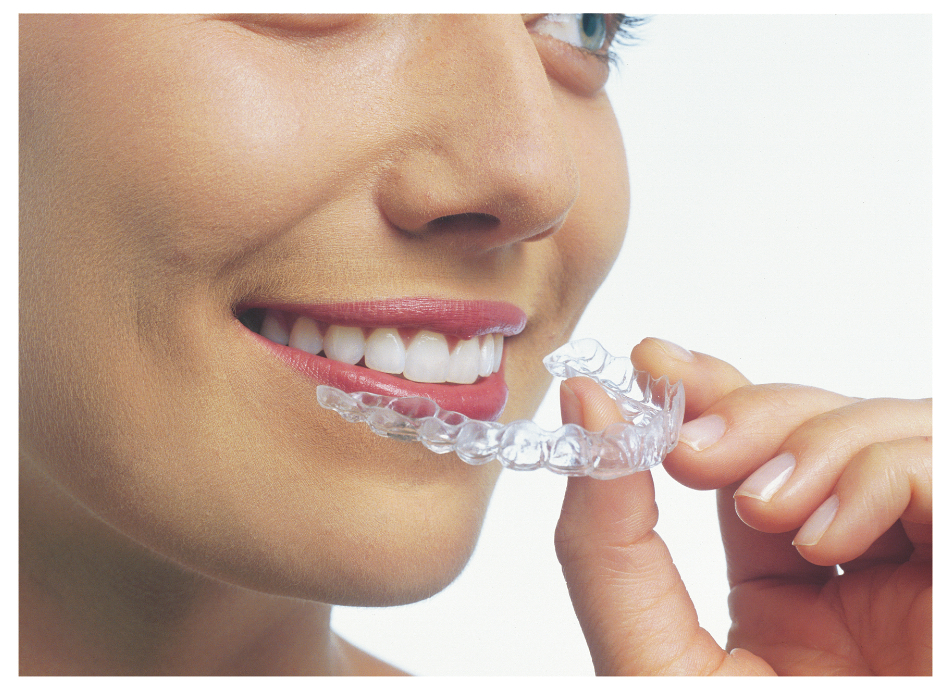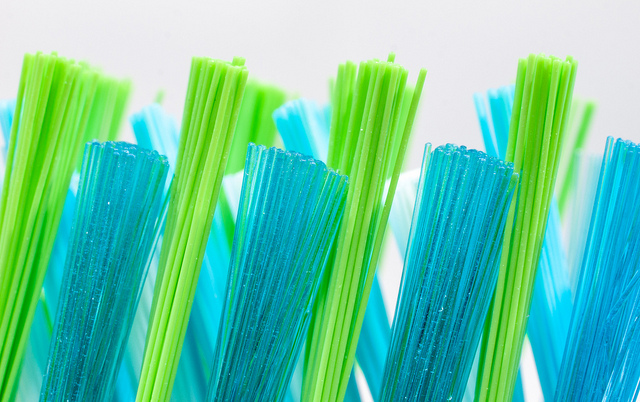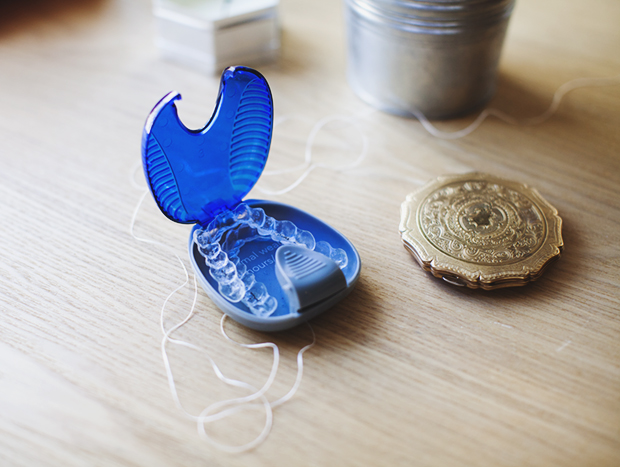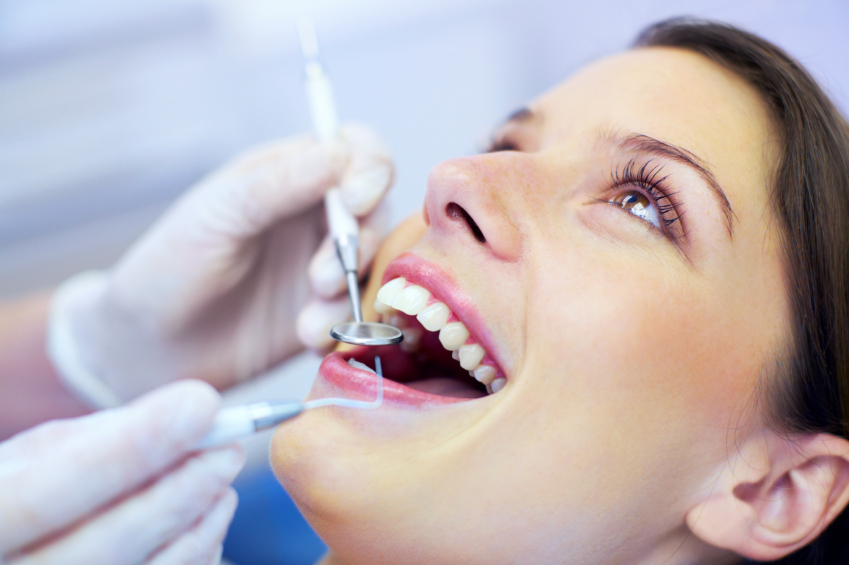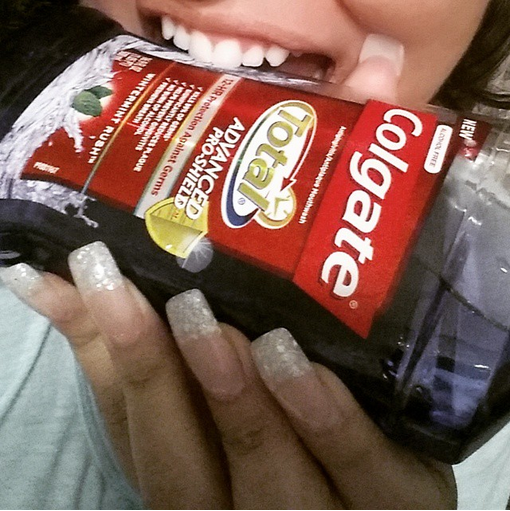
If Invisalign trays aren’t cleaned properly, they can become dingy, dull or discolored. To get your gleaming smile at the end of your treatment, you need two things — good oral hygiene and clean aligners. The good oral hygiene part is simple — brush and floss your teeth regularly to avoid cavities and decay. Cleaning your trays and keeping them invisible, while simple in practice, can be a little daunting for new patients. The question looms in every new patient’s mind: “How do I clean my Invisalign aligners?” We’ve broken the methods down for you so you can choose which works best with your daily routine.
- Invisalign Cleaning System — The cleaning kit comes with a tub and pack of 50 cleaning crystals and costs $75, with refill packs running at $50 a pop. To use, you combine a crystal with water and soak your aligners for 15 minutes. While easy and efficient, the cleaning system isn’t exactly cost-effective, which brings us to a few cheaper solutions.
- Efferdent or Polident — When you’re having a meal, soak your aligners in denture cleaner to keep them fresh and clean. Once they’ve soaked for about 15 minutes, take the trays out and brush off any buildup that might be left with your toothbrush. Some dentists don’t recommend denture cleansers because they say it can make the aligners look cloudy, however many patients swear by this practice.
- Retainer Brite — Retainer Brite can be used in the same way as denture cleaners, but differ in that it’s formulated with the proper PH that won’t harshly affect plastic.
- Mouthwash — Some patients like to soak their trays in mouthwash to clean them. It’s important to note that Listerine Cool Mint may leave a greenish tint on your trays. Using whitening mouthwash can sidestep this issue since the liquid is clear.
- Antibacterial liquid soap (hand or dish) — Brushing your aligners with antibacterial soap is an easy way to get rid of the bacteria that accumulates on your trays. Just make sure to give them a really good rinse before you put them back in your mouth.
- Hydrogen peroxide — Hydrogen peroxide is used mainly for its bacteria-killing power — that’s why we put it in our open wounds. Make a solution with half peroxide and half water and let your trays soak for 20 minutes. They’ll work as well as denture cleaners, etc., but is significantly cheaper. You can buy a bottle for 50 cents at a drugstore.
- Vinegar — Same thing as hydrogen peroxide. Just make a solution with half vinegar, half warm water and let them soak while you’re having a meal. Take them out, brush and rinse them off and let them dry before you put them back in your mouth. If you’re apprehensive about the taste, don’t worry too much. It’s only temporary.
If you want to keep it simple, a toothbrush and some toothpaste will do the job just fine, as long as you’re consistent with it. Some toothpaste can be abrasive, however, and will dull your trays. Try sensitive toothpaste if it is an issue for you.
For more information on Invisalign, or to schedule a free consultation, please contact us at (513) 651-0110. Dr. Troy Pearce is located in Downtown Cincinnati, [full state] and is a Preferred Invisalign provider.


